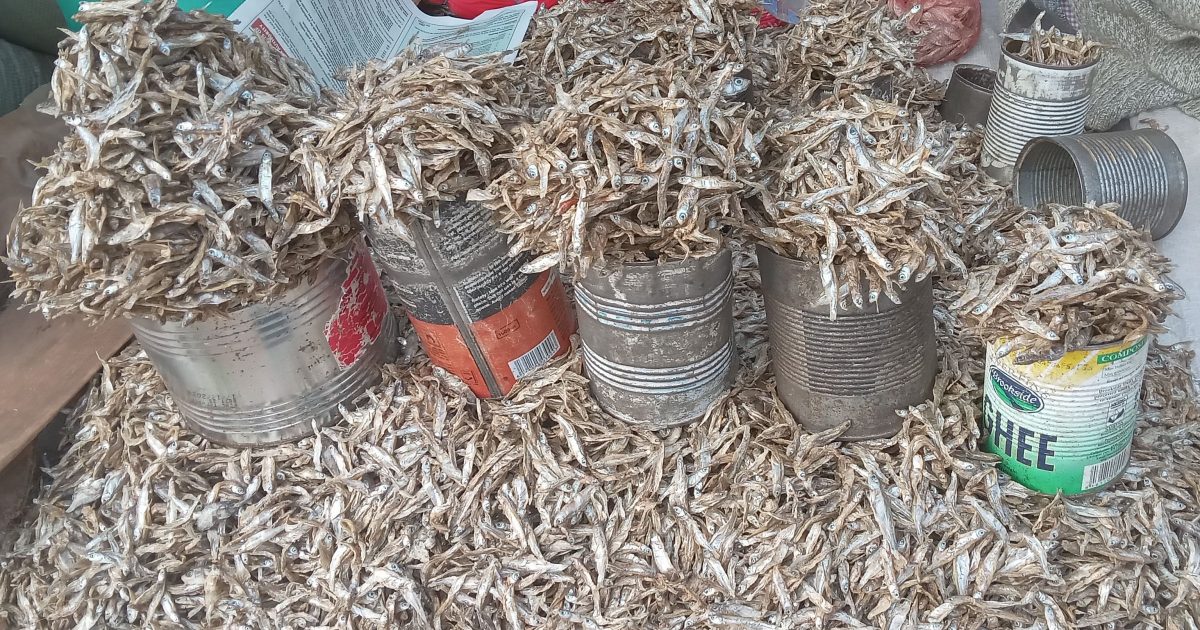- Ommena (dagaa), a native freshwater champion of Lake Victoria, is a critical, affordable source of animal protein and a key economic stabilizer supporting over two million livelihoods in East Africa.
- The Atlantic Sardine ($Sardina$ $pilchardus$) has historically driven coastal European economies through a highly industrialized, globalized trade focused on large-scale canning and export markets.
On November 24, 2025, the United States (US) marks the National Sardines Day celebration. Sardines scientifically referred to as Sardina pilchardus remain historically central to Iberian coastal economies. In Portugal and Spain, they are celebrated through fisheries management plans and cultural traditions such as Lisbon’s summer sardine festivals.
In contrast, a sister species Omena that is predominant in East Africa, impacts local economies and is a source of food for millions, thus providing a rich nutritional alternative.
Omena, or dagaa in Kiswahili, is the resilient champion of Lake Victoria. It is the only native fish species that remains highly abundant following the introduction of large predators like the Nile Perch, a phenomenon studied by the Kenya Marine & Fisheries Research Institute (KEMFRI).
Its role in the Kenyan diet and economy is arguably even more critical than that of its marine counterpart. Due to its unmatched affordability, providing it has become an essential source of animal protein to low-income households.
The Omena value chain is a key economic stabilizer in the region, supporting the livelihoods of over two million people across East Africa. Encompassing fishermen, processors (predominantly women), and traders. This industry is valued at hundreds of millions of dollars annually.
Read More
Sardines of the Atlantic (Sardina pilchardus) have, for hundreds of years, been the center of the coastal European economies. They have formed the bases for everything from the festive summer grills in Lisbon to elaborate culinary preparations across Southern Europe, as evidenced by the regional fisheries organizations.
These celebrations recognize the sardine’s role in adding value to food and history, in particular, in the Mediterranean diets and coastal economies. From an economic perspective, the sardine industry is behind canning operations, fishing fleets, and export markets in countries creating job opportunities and generating great foreign exchange.
Both species are small, shiny, and play a vital role in their ecosystems, but they live in different worlds, which dictates their production and consumption models. Omena is a freshwater native species harvested from a single large lake, making its processing highly decentralized and reliant on traditional sun-drying methods.
On the other hand, the Atlantic sardine is a marine pelagic species. This has led to a highly industrialized and globalized trade for it, thus making it the mainstay of high-volume fishing fleets and large-scale canning operations.
This difference informs why the Omena value chain focuses on local livelihoods and nutritional security. On the contrary the sardine trade is focused on global commodity markets and preservation.
Whether caught in the cold waters of the Atlantic or the freshwater expanse of Lake Victoria, the small silver fish share a common narrative. They are abundant, affordable, and nutritionally vital staples. Both species are nutritional powerhouses.
The Atlantic sardine is famous globally for its rich content of Omega-3 Fatty Acids (EPA and DHA), critical for brain health, cardiovascular function, and reducing inflammation.
Likewise, Omena is consumed in its entirety (that is with the bones). It also offers to be a remarkably high source of Calcium and Iron, and more than $70\%$ of the protein comes from its dry weight, as per academic nutritional analysis.
While both the global sardine and the local Omena industries are equally important, they are facing similar challenges to a large extent. The Atlantic sardine, as far as sustainability is concerned, is at a point where overfishing is a significant risk.
Due to this it is common to have temporary fishing bans in seasons to allow the stocks to recover according to the international fisheries management protocols. In contrast, Omena has been continuously fished with increased fishing effort and there are conflicts over breeding grounds.
The issue that possibly unites these two sectors is that of quality after the catch. In the case of Omena, the use of poor traditional methods of sun-drying, in which the product is often contaminated, leads to high post-harvest losses, particularly during the rainy season.
Innovations such as solar drying technologies in Kenya a major target for projects like the EU-funded AIRTEA are very important in solving these post-harvest losses, in improving the quality of Omena, and thus allowing it to contribute to the economy at the level that it is capable of.
Stay connected with us on WhatsApp and X for instant updates and breaking news as it happens.












